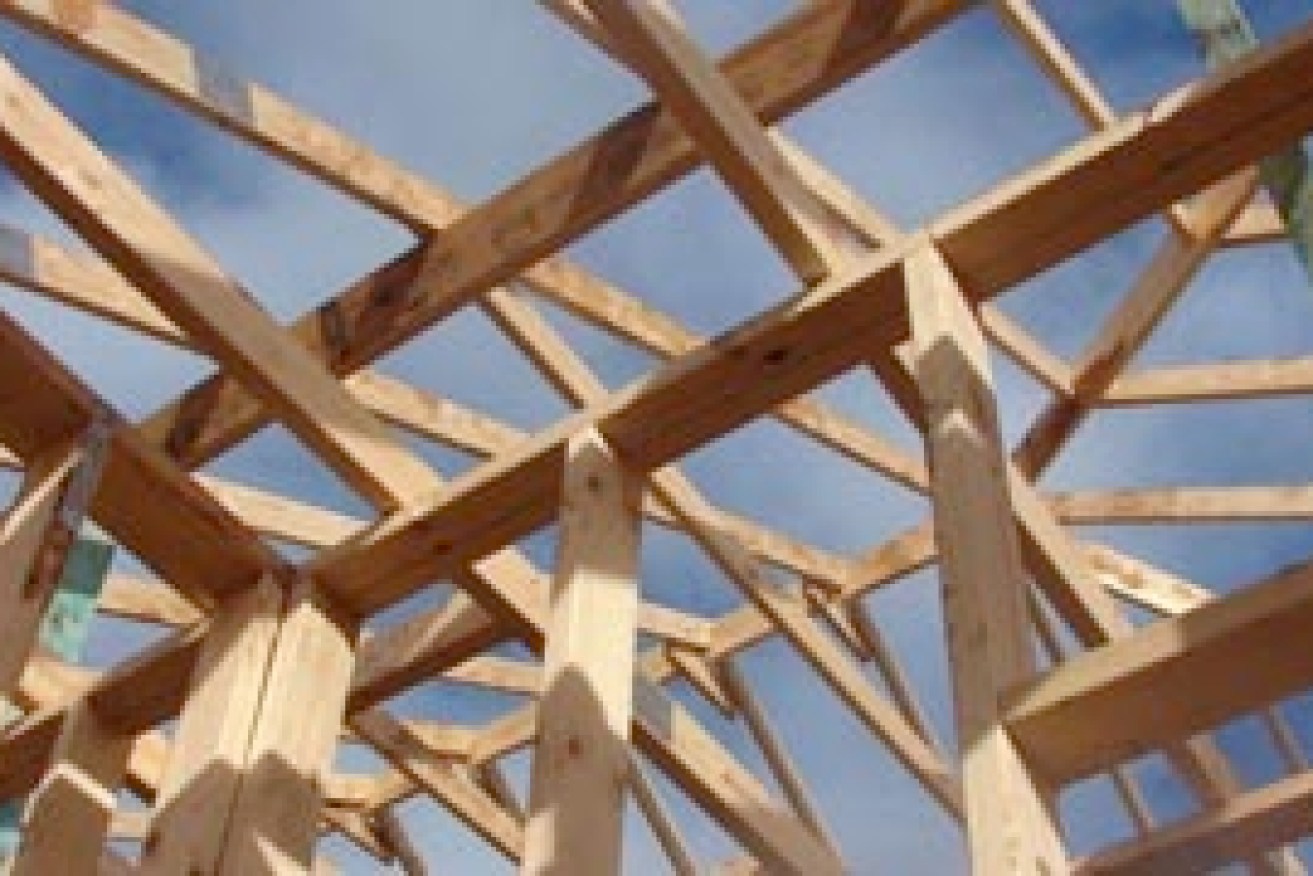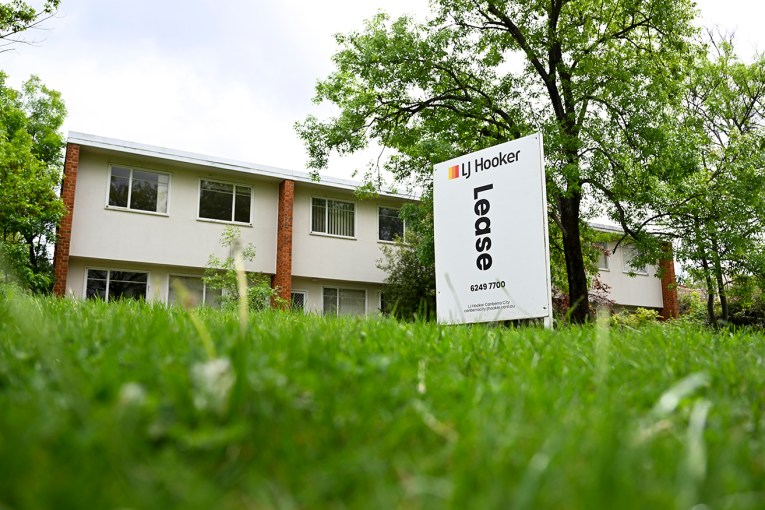Slowing migration becoming a drag on growth

ABC
The latest Bureau of Statistics estimates, released today, reveal the nation’s population grew to 23.7 million by the end of March, up by around 316,000 people, or 1.4 per cent, on the same period a year earlier.
The bureau said that is the slowest growth in almost a decade, with a steep fall in net overseas migration the main cause.
The ABS estimates that 173,100 more people migrated to Australia than left it over the year to March, down 16 per cent on the prior year.
• Australian housing may have peaked, analysis shows
• House price rise in cities beats forecasts
However, migration was still the biggest contributor to population growth, with natural increase adding 142,900 people as the number of births eased and number of deaths rose slightly.
The figures show starkly the impact that the mining investment slowdown is having on resources-focused Western Australia and the Northern Territory.
Net overseas migration to Western Australia has dropped 71 per cent over the past two years, while more people are leaving WA for other states than moving to it from other states for the first time in more than 10 years.
The Northern Territory is faring even worse, with population growth of only 0.2 per cent its lowest in 11 years.
“Net interstate migration losses were the greatest contributor to this slower growth, with the territory recording its largest ever interstate migration loss in the year to March 2015,” said the bureau’s Denise Carlton.
Those leaving WA and the NT were generally moving to Victoria and Queensland, which the ABS said are the only states experiencing a net gain from interstate migration.
The New South Wales population grew at the national average of 1.4 per cent, thanks to migrants coming from overseas.
Ms Carlton said Australia’s population overall is now growing more slowly than usual.
“Australia’s population growth rate continued to slow from its peak in 2008-09 and is now just below the 20-year average growth rate,” she added.
Economic and housing implications
The slowdown in population growth has serious economic ramifications.
On the positive side, the Reserve Bank recently observed that it is one reason why the unemployment rate has remained in the low 6 per cent range, despite weak economic growth of just 2 per cent over the year to June.
The Reserve Bank recently lowered its population growth forecasts from around 1.75 per cent to 1.5 per cent, which is still higher than the current level.
However, on the downside, slower population growth equals slower growth in consumption, meaning that it is harder to lift GDP growth back towards the 3/3.25 per cent level that Australian businesses and households are more accustomed to.
That caused the RBA governor to question whether such growth expectations are any longer valid.
Possibly the biggest impact from population growth undershooting expectations is that Australia’s recent housing boom may be building homes for people that never show up.
The latest building approvals figures suggest that over 200,000 dwellings per annum are likely to be constructed over the next year or two, or one for every 1.6 extra people at the current population growth rate.
Given that the average household size was 2.6 people in 2011, and projected by the ABS to stay around those levels, Australia is clearly currently building more new homes than it needs to house new arrivals.
– ABC








